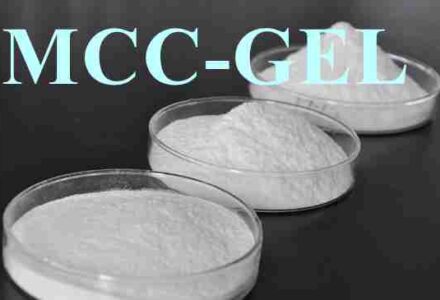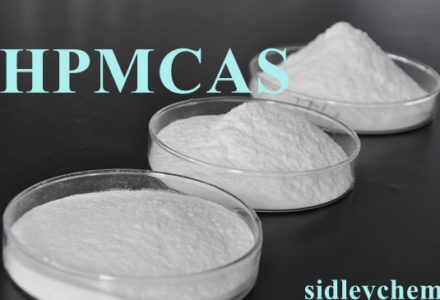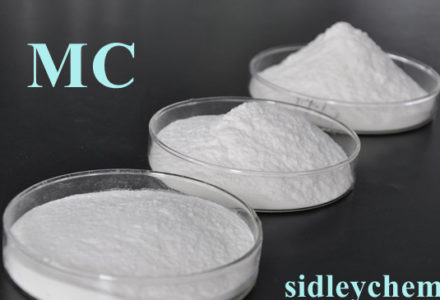Precautions and Preventive Measures of Hydroxyethyl Cellulose in OilDrilling 1. Preparation HydroxyEthyl Cellulose (HEC) has a remarkable feature, that is, when it is added to the slightly acidic water, it has the effect of delaying producing the viscosity. The period of time needed from the start to thickening helps HydroxyEthyl Cellulose particles to be uniformly and.. read more →
Application of Hydroxyethyl Cellulose in the Fracturing Fluid in Oil Drilling The Fracturing Fluid in Oil Drilling In the oil fracturing fluid, Hydroxyethyl Cellulose can provide with viscosity. And Hydroxyethyl Cellulose itself has no effect on the oil reservoir, won’t plug the oil passage and can fracture oil wells. Meanwhile, it also has the general characteristics.. read more →
Application of Hydroxyethyl Cellulose in Water-Based Paints Paint additives are used in very small quantities, but can significantly improve the properties of paints, so has become an indispensable part of paints – Hydroxyethyl Cellulose in water-based paints. The thickener is a rheological additive. It not only can thicken the paint and prevent sagging in construction, but.. read more →
Conventional Physical and Chemical Properties and Uses of Cellulose Ethers Properties and Uses of Cellulose Ethers 1. General Properties The appearance is white or off-white and their handicrafts are odorless and tasteless fibrous, granular or powder forms. All the cellulose ethers can be made into granules and powders except low-substituted hydroxypropyl cellulose. 2. Moisture.. read more →
Classification and Functions of Cellulose Ethers The cellulose ether is a general term for a series of products produced by reactions of alkali celluloses and etherifying agents under certain conditions. Different cellulose ethers will be obtained when alkali celluloses are substituted by different etherifying agents. According to the ionizing performance of substituents, cellulose.. read more →




